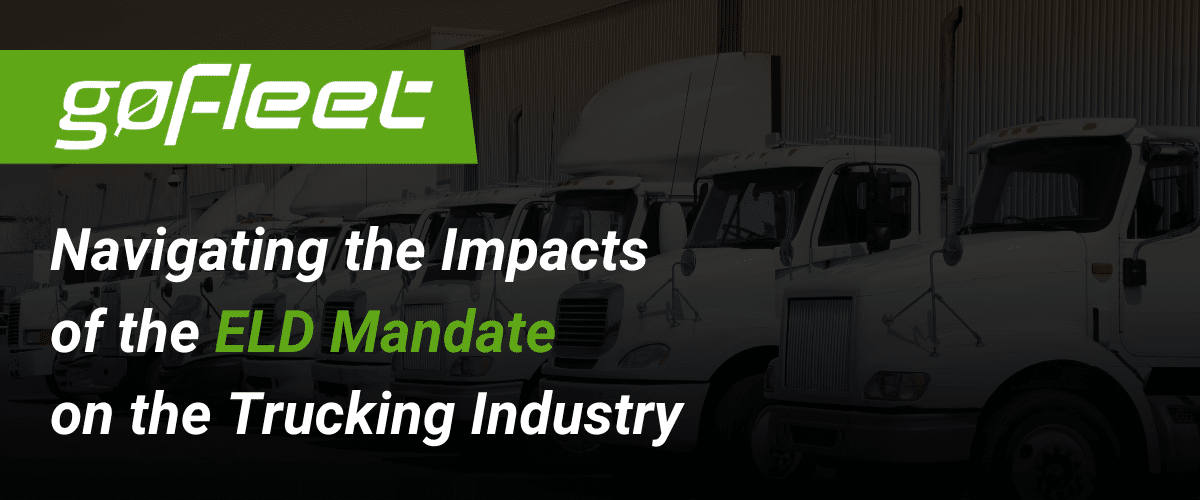Spending long hours on the road, often far from home, can make it challenging for fleet drivers to balance their work responsibilities and personal lives. According to a survey by the American Trucking Association, nearly 80% of drivers reported that their job negatively affects their ability to spend time with family and manage personal tasks. This imbalance can lead to stress, burnout, and increased turnover in the industry.
Finding that elusive work-life balance is essential for drivers to remain engaged, motivated, and productive. Yet, for those in the fleet industry, achieving balance is uniquely tricky due to the physical demands of the job and the emotional toll it takes. In this post, we’ll explore the key challenges fleet drivers face that make managing work and personal commitments so tricky.
Understanding the Challenges
For fleet drivers, maintaining a work-life balance can feel like an uphill battle due to several unique challenges they face on the road. Let’s take a closer look at some of the most common obstacles:
Extended Hours and Irregular Schedules
One of the most significant challenges for fleet drivers is the demanding work schedule. Drivers often work long hours, sometimes driving for up to 11 hours per day, as the Federal Motor Carrier Safety Administration (FMCSA) regulations allow. These extended hours can make it difficult for drivers to find time for personal activities and rest. Additionally, irregular schedules—such as night shifts, weekend work, and last-minute route changes—disrupt routines and make it challenging to plan personal time, leading to increased stress and fatigue.
Physical and Mental Fatigue
The long hours and intense focus required to navigate the roads contribute to physical and mental fatigue. Sitting for extended periods can lead to physical strain, particularly in the back and neck, while the constant attention required to drive safely can be mentally exhausting. According to a study published by the National Institute for Occupational Safety and Health (NIOSH), truck drivers are at higher risk for fatigue-related health issues, including sleep disorders, which can negatively impact their overall well-being and job performance.
Time Away from Family and Friends
Another significant challenge is drivers’ extended time away from their families and friends. Being on the road for days or weeks can strain personal relationships and lead to feelings of isolation and loneliness. The lack of regular, meaningful contact with loved ones can affect drivers’ emotional health, making it harder for them to cope with the stresses of the job. Maintaining a connection with family and friends is crucial yet challenging for constantly moving drivers.
Stress Related to Regulatory Compliance
The trucking industry is highly regulated, with strict rules governing hours of service, safety protocols, and other operational aspects. While these regulations are necessary for ensuring safety, they can also add to the stress drivers experience. The pressure to meet tight delivery schedules, comply with regulatory requirements, and manage the logistics of each trip can be overwhelming. Drivers often find themselves juggling multiple demands, which can lead to increased anxiety and burnout.
Final Thoughts
Fleet drivers face unique challenges that make finding a work-life balance tricky but not impossible. By understanding the demands of the job and recognizing the importance of work-life harmony, fleet managers and drivers alike can begin to address these issues.
In the next post, we’ll explore practical solutions, such as wellness programs, family support, and flexible scheduling, to help drivers manage the demands of the road while maintaining their well-being.



